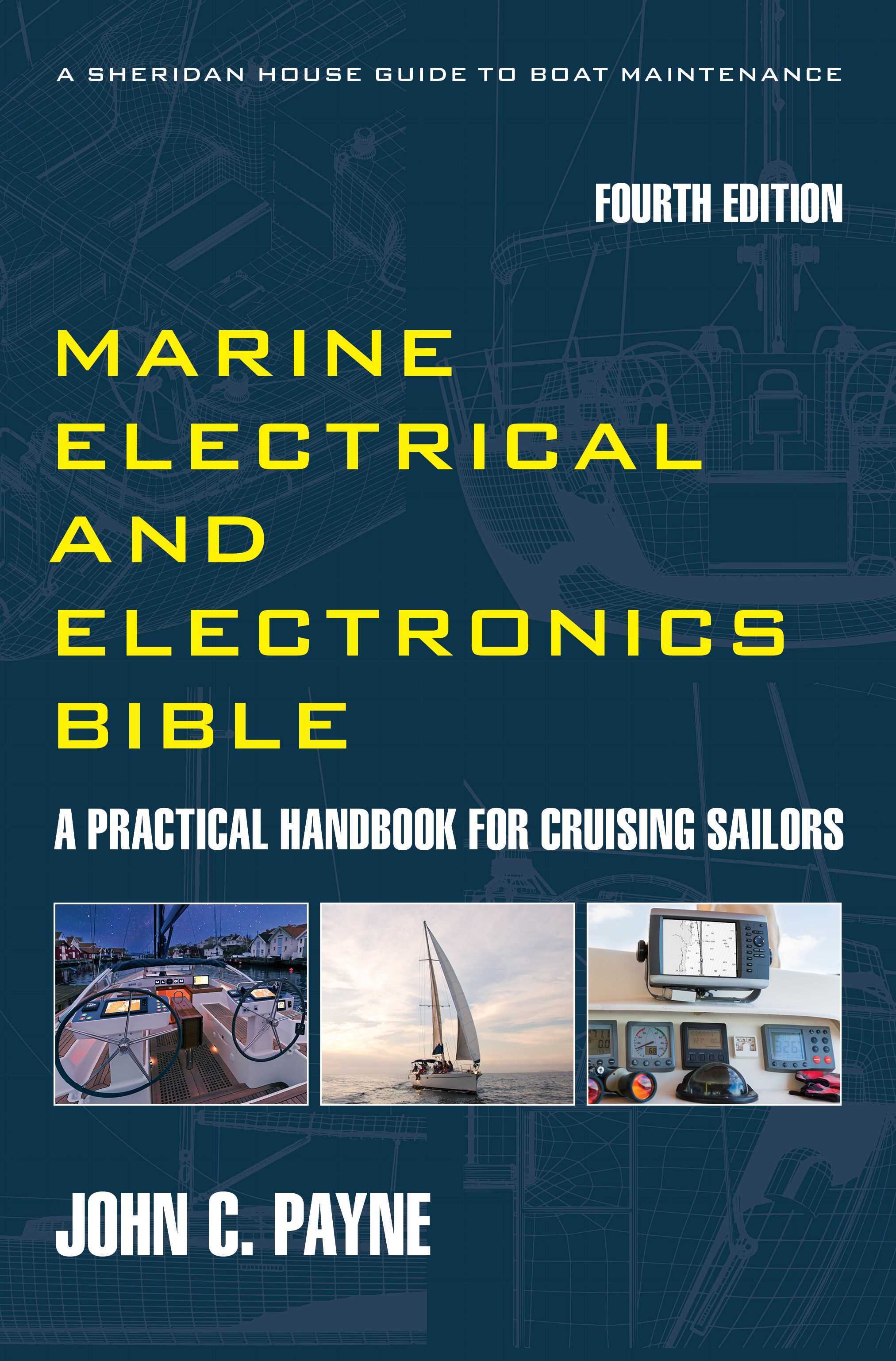How to Wire a Boat
How to wire a boat? Where do you start? What are the circuits, and how many of them are there? For some people this can be daunting if you do not have a technical background. To use that well worn phrase “it isn’t rocket science”. Every circuit is essentially the same and it just looks complex when you have 30 circuits or more. You have to be methodical and follow some very basic steps to ensure a quality compliant installation is done.
The Wiring Rules and Regulations. Installing as far as practicable to rules and regulations makes sense to avoid potentially disastrous mistakes. In some places the insurance company make demand it. Check out boat wiring regulations, standards and rules here
How to Wire a Boat
The Circuit Plan. Do a detailed circuit summary. What circuits are required and some spares, how many in total. An example is given below and on my own boat I have two separate panels and one is for electronics and navigation, the other is for boat services and each panel has its own battery to provide redundancy and also to reduce any interference on the electronics equipment:
Panel 1: VHF Radio; AIS; Instruments; SSB Radio; Stereo; Autopilot; Radar; Tricolor Light; Anchor Light; Navigation Lights (Stern and Port/Stbd); Steaming Light; Spreader Lights; Foredeck Spot light;
Panel 2: Cabin Lighting Forward; Cabin Lighting Aft; DC Outlets; Washdown pump; Water Pump: Shower Drain Pump; Electric Toilet; Holding Tank Pump;
How to Wire a Boat
The Equipment Location Plan. Prepare a simple diagram showing the location of each equipment. It does not have to be complicated, just a mud map if you like, an informal hand drawn layout to use in the planning process. If you have the skills you can draw one on your computer.
The Wiring Route Plan. Use your mud map equipment location plan for determining the prospective cable routes. This simple plan and survey shows how the wiring can be installed, what physical barriers or obstacles are in the way. Cable and wiring should be installed so that no mechanical damage can occur and that it can be installed so that it is unaffected by movement. Can you run cables through lockers and other spaces and fasten cables away from damage and movement? In some cases, you may have to place new cable transit holes to allow installation. Will you need conduit? Always allow additional space when you do for unforeseen extra cables. When you rewire a boat which is often the case for most of us you have to be careful not adopt legacy issues that you inherited with the boat. Just because the previous owners ran the cables where they did is not necessarily the best way to rewire the boat. In most cases you can improve on it. When you survey the boat, look at practical alternatives, routes that offer easier access, or easier paths. A boat isn't always the easiest place to install cables. The Marine Electrical and Electronics Bible 4th Edition can be purchased here.
How to Wire a Boat
The Switch Panel. Choose an appropriate switch panel, you can get great quality panels from Blue Seas and BEP to name some well known ones. If you are using an existing switch panel the circuit breaker ratings need to be checked and also the condition. In some cases it is simply better to invest in new panels although they can be relatively expensive, albeit essential for safety. The switch panel also incorporates link bars and terminal strips.
The Circuit Protection. One of the problems with off the shelf panels is they have an assortment of different rated circuit breakers. In many cases they do not suit the installation and it can be quite expensive to replace them. So plan your breaker allocation that best suits what the panel has.
How to Wire a Boat
The Wire and Cables. I would highly recommend that you only use tinned copper conductor cables that are both insulated and sheathed or as they are called Duplex and Ancor are one of the main supplies in the USA. I also suggest you standardize on cable sizes so you can bulk buy by the 100 ft drum and save significant amounts of money over buying by the foot lengths. Marine cables are resistant to salt water, heat, gasoline and diesel oils and ultraviolet radiation as well as being very flexible and fatigue and vibration resistant due to the multi-stranding. They also have good abrasion resistance which is essential. In general, the conductors are red and black. Insulation values are typically 600 volts and temperature rated at 221°F (105°C) when dry, but check the data sheets before you buy.
How to Wire a Boat
The Wiring Installation. So the cable and circuits are decided, and the route plan is complete and ready to run in cable. The switch panels are all installed along with the appropriate link bars. Cables should be run as high up as possible, do not run cables below the cabin sole in bilge areas as I see so often, it may be easier but not recommended. To quote the ABYC standards. “Current-carrying conductors shall be routed as high as practicable above the bilge water level and other areas where water may accumulate. If conductors must be routed in the bilge or other areas where water may accumulate, the connections shall be watertight (11.14.4.1.5 ). In addition, cables should not be run within engine spaces unless they are rated at 75°C. Although you hear some quoting bunching factors in the average yacht this rarely creates an issue. One point to bear in mind is the separation of very high current carry circuits like a thruster or an anchor winch, don’t put normal circuits with these cables. Also consider where any instrument and antenna cables are installed and ensure separation. All you need to know about how to wire a boat.
